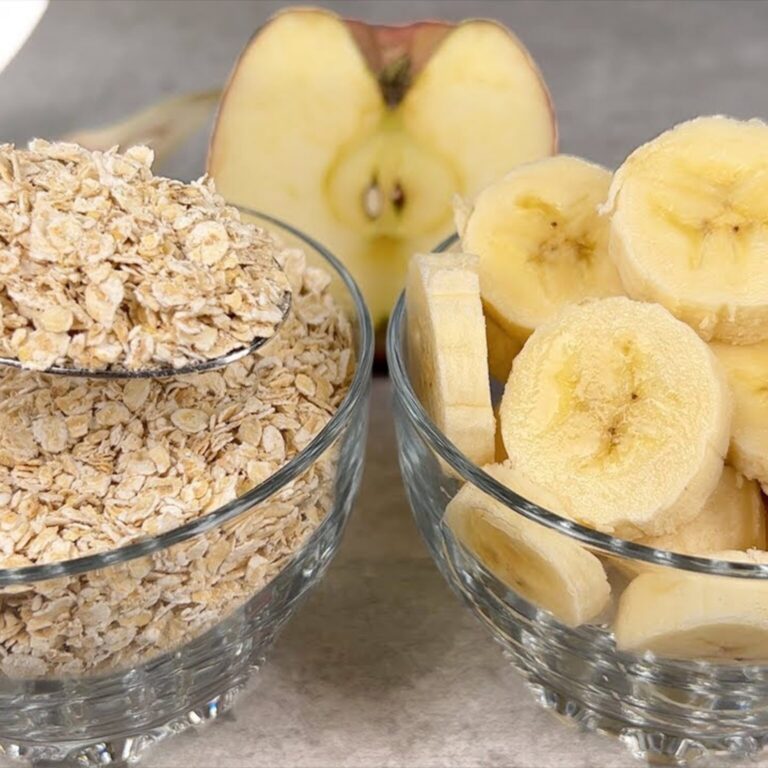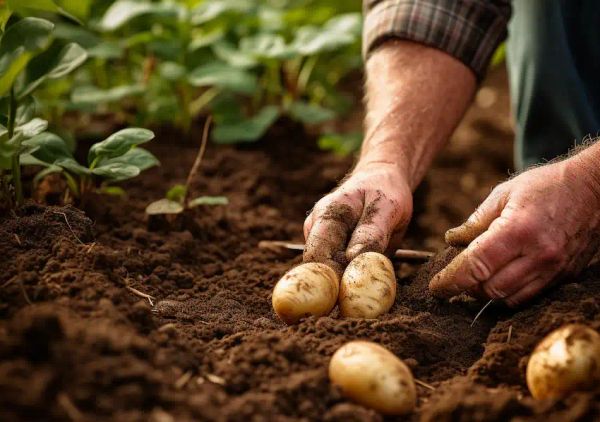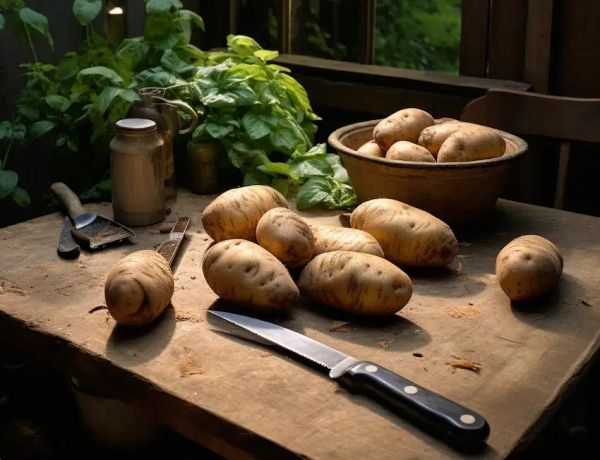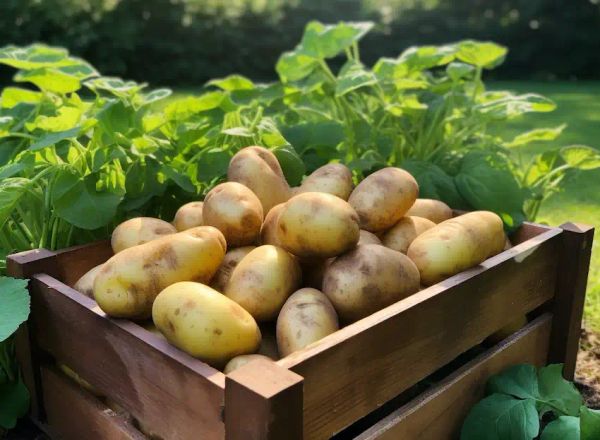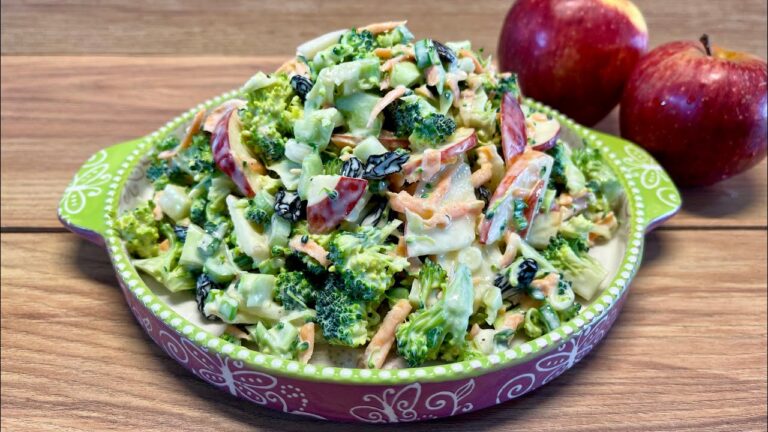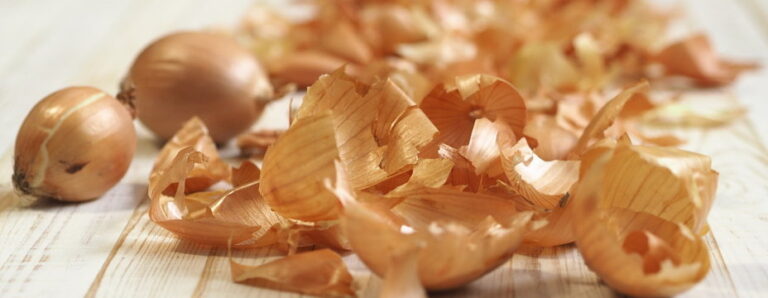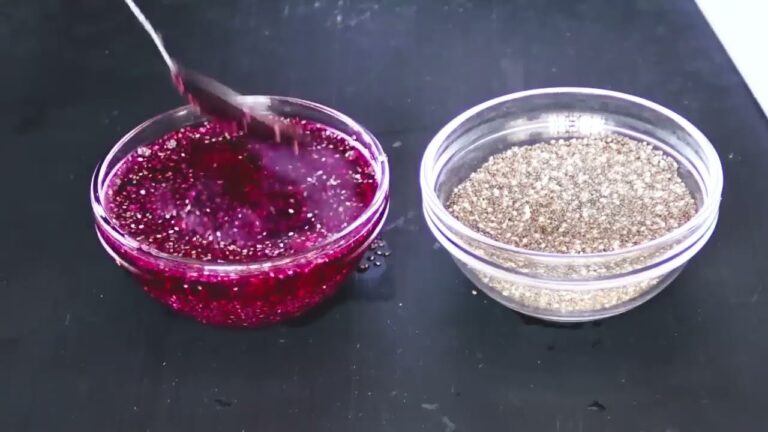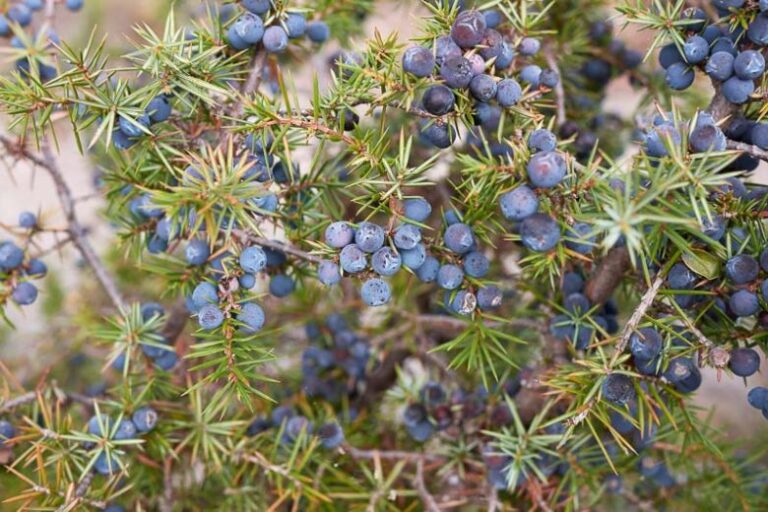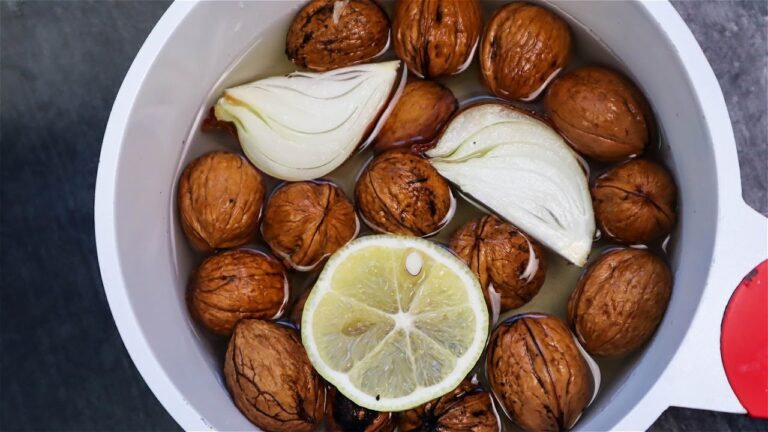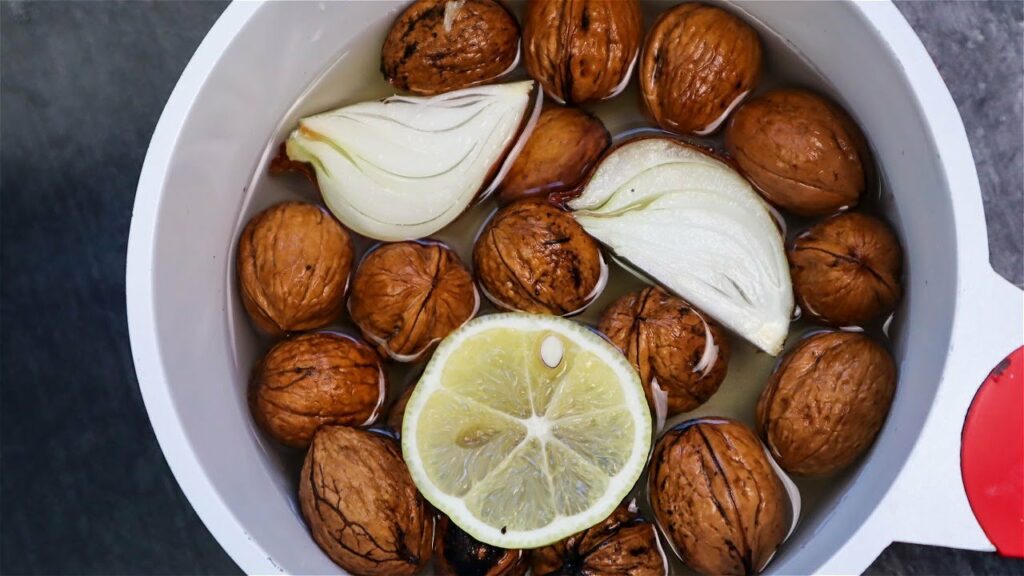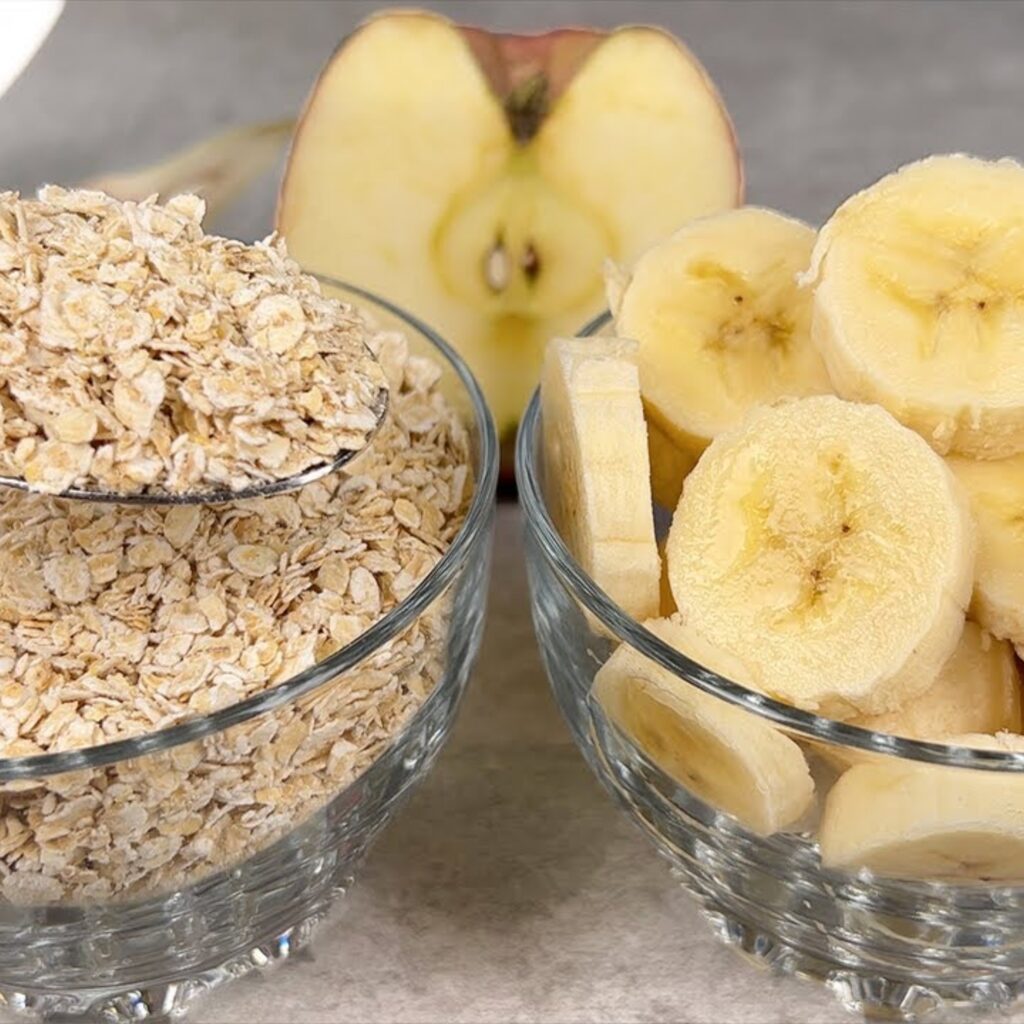
Are you looking for a simple, healthy dessert that uses minimal ingredients and is surprisingly satisfying? This oatmeal and banana dessert could be your new favorite, especially if you’re aiming for a healthier lifestyle. With just three simple ingredients, you can whip up a delicious treat that not only tastes great but also supports your wellness goals. Plus, it’s so easy to make!
Why Oatmeal and Banana? Oatmeal is a fantastic source of fiber, which helps in digestion and keeps you feeling full longer. Bananas are not only naturally sweet but also rich in potassium and vitamins. Combined, they offer a healthful balance of nutrients, satisfying sweetness, and texture that make for a perfect dessert or snack without any guilt.
Ingredients:
- 1 ripe banana
- ½ cup of rolled oats
- 1 cup of almond milk (or any other milk of your choice)
- Optional toppings: a sprinkle of cinnamon, a few drops of vanilla extract, or a handful of nuts for crunch
Instructions:
- Prepare the Oatmeal:
- In a small saucepan, bring the milk to a low simmer. Add the rolled oats and stir. Cook over medium heat for about 5 minutes or until the oats have absorbed most of the milk and have softened.
- Mash the Banana:
- While the oats are cooking, peel the banana and mash it with a fork until it’s smooth. This will be the natural sweetener for your dessert.
- Combine Ingredients:
- Once the oatmeal is cooked, remove it from the heat. Stir in the mashed banana until well combined. If you like, you can add a sprinkle of cinnamon or a few drops of vanilla extract for extra flavor.
- Serve:
- Spoon the oatmeal and banana mixture into a bowl. If desired, top with chopped nuts like walnuts or almonds, which add a delightful crunch and a boost of healthy fats.
Benefits of This Dessert:
- Healthy Weight Management: This dessert is filling but low in calories, making it an excellent choice for those trying to manage or reduce their weight.
- Heart Health: The fiber in oats can help lower cholesterol levels, supporting heart health.
- Blood Sugar Control: The combination of fiber from the oats and the natural sugars from the banana helps to maintain stable blood sugar levels.
Conclusion: This oatmeal and banana dessert is not just easy to make but also incredibly healthful and satisfying. It’s perfect for anyone looking for a quick sweet treat that won’t derail their health goals. Enjoy this dessert as a fantastic way to end your day or as a nutritious snack to power through your afternoon. Give it a try, and you might just find yourself making it a regular part of your routine!
